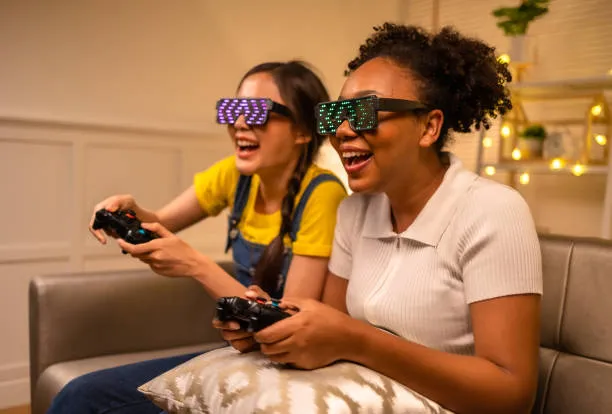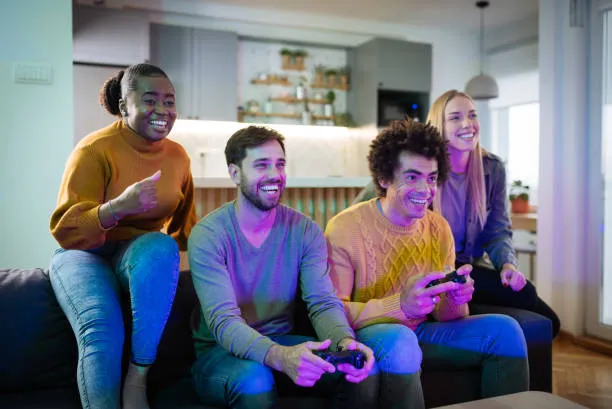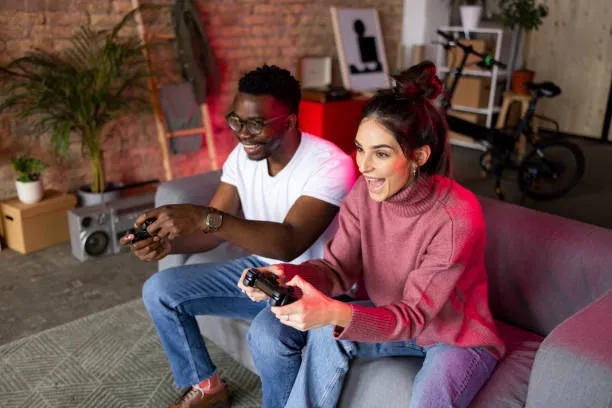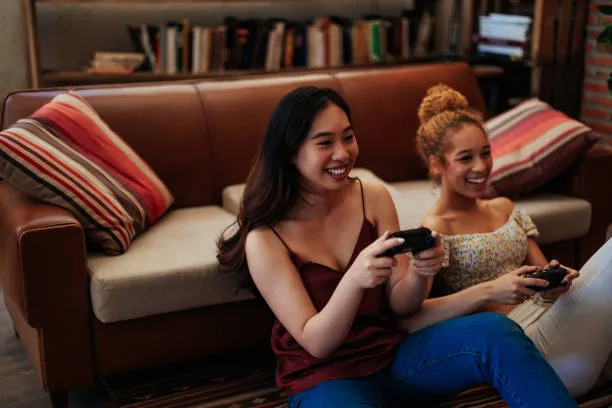Breaking Barriers: Diversity and Representation in Modern Gaming

Introduction:
In the sprawling universe of modern gaming, the interplay between storytelling, interactivity, and visual artistry has created a cultural juggernaut. This medium, once considered the domain of niche audiences, now occupies a prominent space in global entertainment. Yet, as the industry grows, so does its responsibility to reflect the diversity of its players. Representation in gaming has become an essential topic of discussion, not only for fostering inclusivity but also for enriching narratives and gameplay experiences. From diverse character rosters to culturally rich storylines, the evolution of representation is reshaping how players connect with games—and each other.
The Importance of Representation: More Than a Buzzword
Representation matters. For decades, video games were dominated by characters who fit a narrow mold: predominantly white, male, and heterosexual. This lack of variety limited the perspectives and stories that games could offer, inadvertently excluding vast swathes of potential players. Diverse representation, on the other hand, provides players from different backgrounds with characters and narratives they can identify with, fostering a deeper emotional connection to the game. More than just a moral imperative, representation has economic benefits, appealing to a broader audience and driving the commercial success of inclusive games.
Moreover, representation in gaming influences cultural perception. Games are a powerful medium that shapes how players view the world and their place within it. When players see characters who look like them, speak their language, or share their experiences, it sends a message of validation and belonging. This is particularly crucial for marginalized communities who have historically been underrepresented in media.
Progress in Character Diversity: Breaking the Mold
One of the most visible changes in modern gaming is the diversification of characters. Developers have begun moving away from generic protagonists and introducing heroes and heroines who reflect the multifaceted world we live in. Games like The Last of Us Part II and Horizon Zero Dawn showcase complex female leads, while titles such as Spider-Man: Miles Morales and Ghost of Tsushima highlight protagonists from diverse racial and cultural backgrounds. These characters are not token additions; they are deeply woven into the fabric of their narratives, demonstrating that diversity and depth can coexist seamlessly.
LGBTQ+ representation has also made significant strides. Titles like Life is Strange and Tell Me Why explore themes of identity, acceptance, and love in ways that resonate with players. These games have been celebrated for their authenticity, avoiding clichés and stereotypes in favor of nuanced storytelling. Such progress underscores the industry’s growing recognition of its role in fostering empathy and understanding.
Cultural Authenticity: Beyond Surface-Level Diversity
Authentic representation goes beyond simply including diverse characters; it involves respecting and accurately portraying the cultures and experiences they embody. Misrepresentation or tokenism can do more harm than good, reinforcing stereotypes and alienating the very audiences developers aim to engage.
Some studios have embraced this challenge, collaborating with cultural consultants and community leaders to ensure authenticity. Assassin’s Creed Origins and Assassin’s Creed Odyssey are prime examples, immersing players in meticulously recreated historical settings enriched by the cultures they represent. Similarly, Never Alone (Kisima Inĩchuna), developed in partnership with Alaska Native communities, incorporates traditional stories and voices, offering a heartfelt exploration of Indigenous heritage. These efforts demonstrate that authenticity requires commitment and collaboration, resulting in richer gaming experiences that resonate on a deeper level.
The Role of Accessibility in Representation
Representation isn’t limited to cultural and identity markers; it also encompasses accessibility for players with disabilities. As gaming technology advances, developers are increasingly integrating features that cater to a diverse range of abilities. This shift not only ensures that games are inclusive but also expands their audience.
Innovative accessibility features, such as customizable controls, visual and auditory aids, and difficulty adjustments, have become standard in many modern titles. Games like The Last of Us Part II and Forza Horizon 5 have set new benchmarks, offering extensive options to accommodate players with visual, auditory, and motor impairments. These features are not mere add-ons; they are integral to creating an inclusive gaming environment where everyone can participate and enjoy.
The Role of Indie Developers: Pioneers of Representation
While major studios have made significant strides, indie developers have often been at the forefront of championing diversity. Freed from the constraints of large corporate structures, indie creators have the flexibility to experiment with unconventional narratives and characters.
Games like Celeste, which explores themes of mental health and self-discovery, and Undertale, with its subversive approach to traditional game mechanics and storytelling, demonstrate the power of indie innovation. These titles often tackle issues that mainstream games shy away from, offering fresh perspectives and fostering important conversations. The success of such games highlights the demand for diverse and meaningful content, encouraging larger studios to follow suit.
Representation in Esports and Gaming Communities
Beyond the games themselves, representation is critical in the broader gaming ecosystem, including esports and online communities. Historically, these spaces have been marred by exclusionary behavior and toxic culture, discouraging participation from underrepresented groups. However, initiatives aimed at promoting inclusivity are beginning to shift the narrative.
Organizations like AnyKey and Women in Games advocate for diversity in esports, providing resources and support to marginalized players. High-profile events, such as all-women tournaments and inclusive gaming expos, have also gained traction, showcasing talent and fostering a sense of belonging. These efforts are instrumental in breaking down barriers and challenging the status quo.
The rise of diverse content creators and streamers has further amplified underrepresented voices. Platforms like Twitch and YouTube have become powerful tools for showcasing the breadth of talent within the gaming community. By creating spaces where diverse perspectives are celebrated, these creators are redefining what it means to be a gamer.
Challenges and Opportunities Ahead
Despite the progress made, challenges remain. Representation in gaming is still uneven, with certain demographics—such as nonbinary individuals and people with disabilities—often overlooked. Additionally, the industry’s reliance on market trends can sometimes result in superficial or performative efforts rather than genuine inclusion.
However, these challenges also present opportunities. As players become more vocal about their expectations, developers are under increasing pressure to prioritize diversity. The growing prominence of social media and online discourse ensures that issues of representation cannot be ignored. Furthermore, advancements in technology, such as artificial intelligence and procedural storytelling, open new avenues for creating dynamic and inclusive narratives.
The Future of Diversity in Gaming
The future of representation in gaming is bright, but it requires sustained effort from all stakeholders—developers, publishers, players, and community leaders. Collaboration and education are key to ensuring that diversity is not a passing trend but a foundational aspect of game design and culture.
One promising development is the incorporation of diverse voices at every level of game production. By fostering inclusivity within development teams, studios can create more authentic and nuanced representations. Initiatives like scholarships and mentorship programs aimed at underrepresented groups in game development are already making a difference, paving the way for a more diverse industry.
Ultimately, the goal is to create games that reflect the rich tapestry of human experience. When players from all walks of life can see themselves in the characters they play, the stories they experience, and the communities they join, gaming becomes more than just entertainment—it becomes a celebration of diversity and a catalyst for connection.



